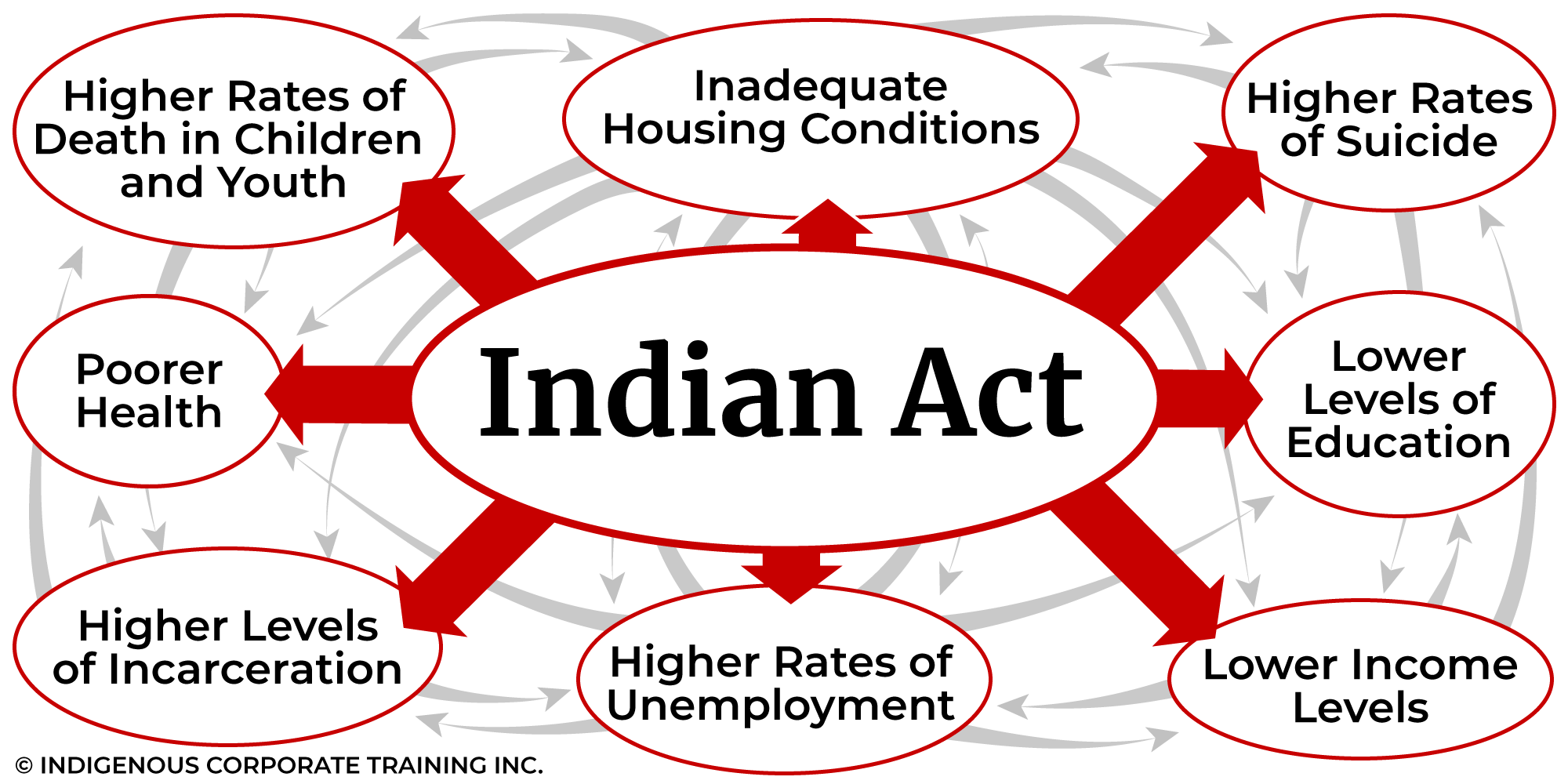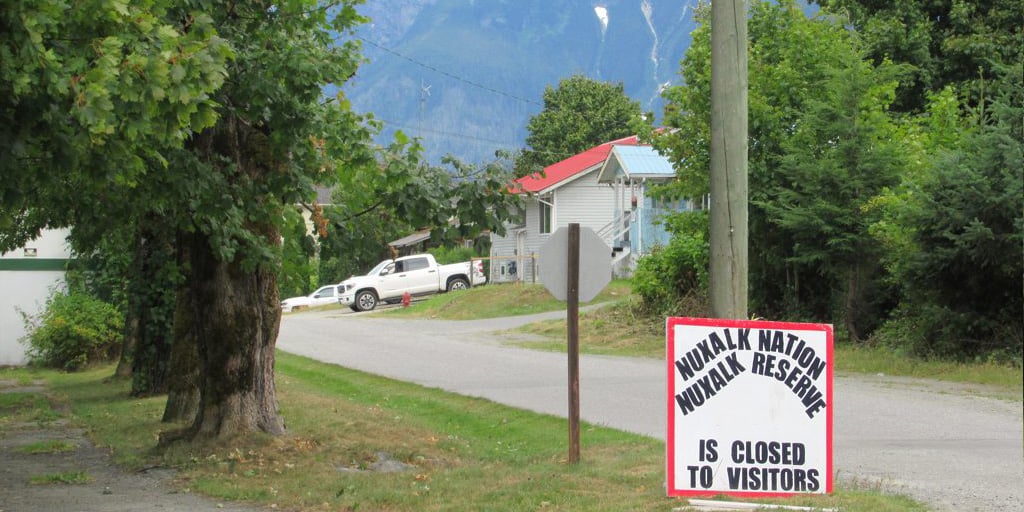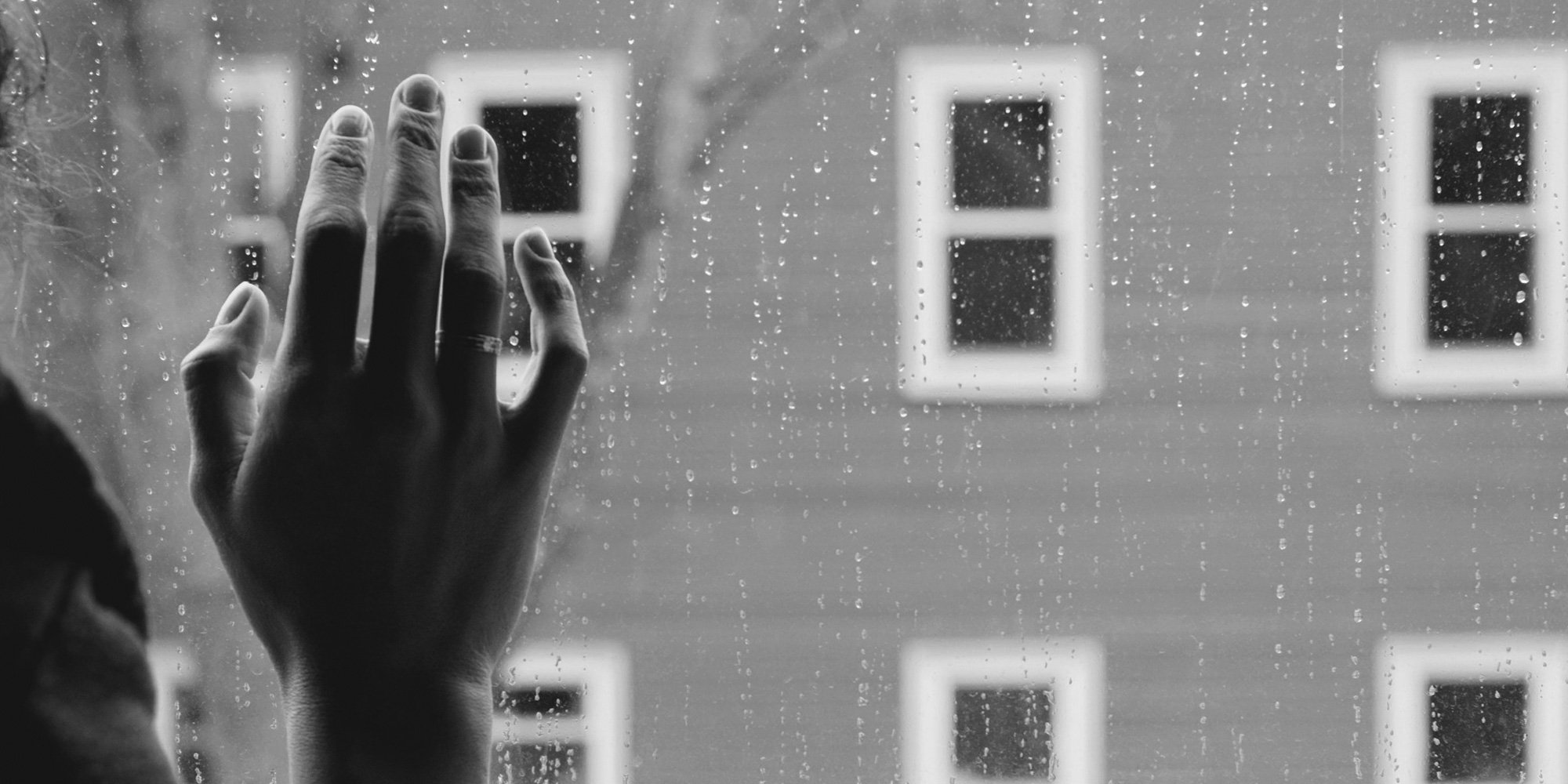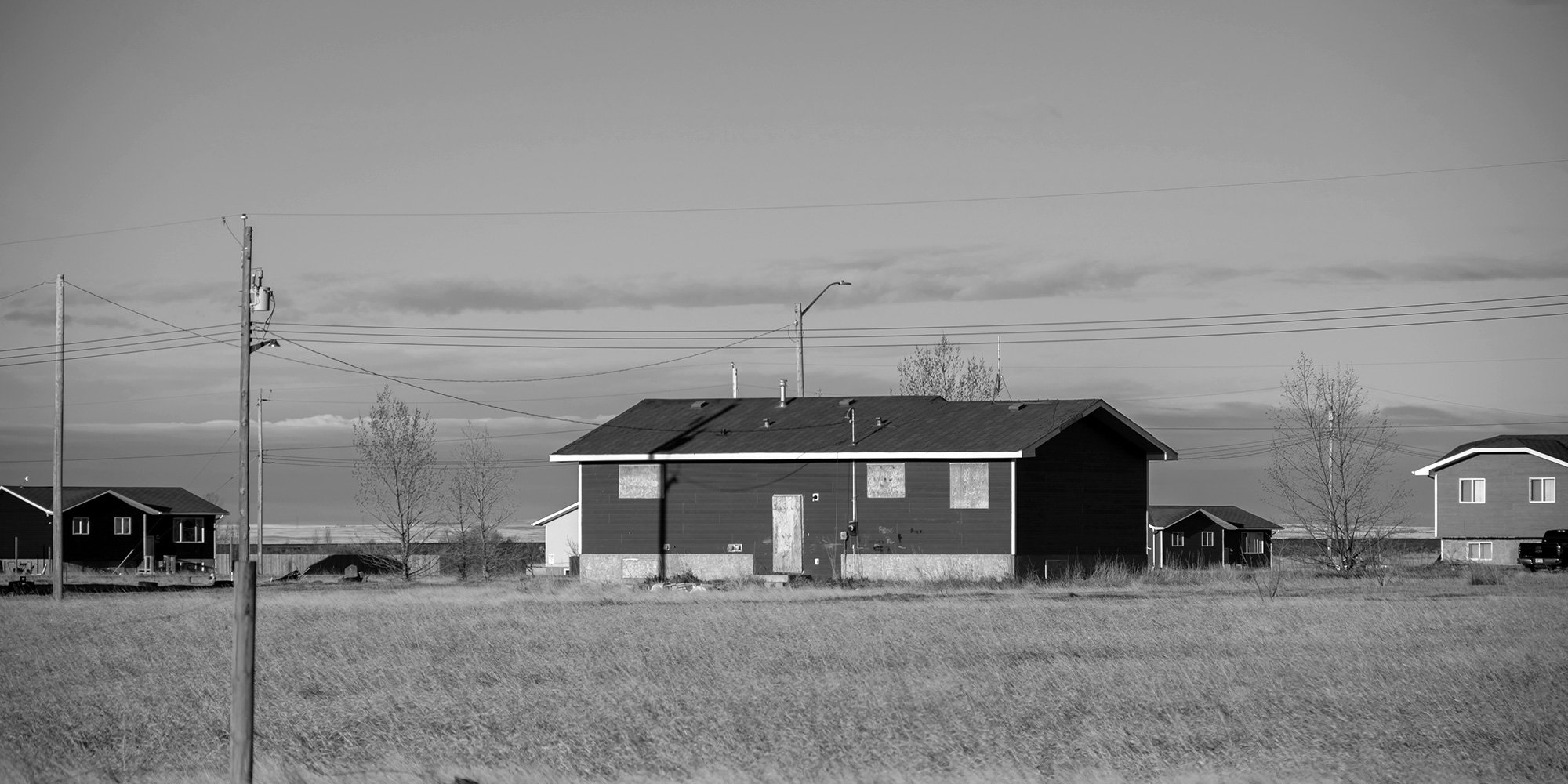8 Things You Need to Know About On-Reserve Housing Issues
Did you know that adequate housing was recognized in the 1948 Universal Declaration of Human Rights? Did you know almost one in six Indigenous people...

Eight of the key issues of most significant concern for Indigenous Peoples in Canada are complex and inexorably intertwined - so much so that government, researchers, policymakers and Indigenous leaders seem hamstrung by the enormity. It is hard to isolate one issue as being the worst. The roots of these issues lie in the Indian Act and colonialism.
To better understand the root of these and many other issues for Indigenous Peoples, a closer look at the history and impacts of the Indian Act is needed. Our Working Effectively with Indigenous Peoples® training has helped thousands of individuals and organizations better understand Indigenous history and culture and how the Indian Act affects Indigenous Peoples today.
In 2015, we published this article outlining the eight key issues of primary concern for Indigenous Peoples in Canada. Since then, the article has been viewed over 730,000 times, making it the most-viewed article of the hundreds on our Working Effectively with Indigenous Peoples® blog. Due to the continuing high interest, we decided to take a deeper look at each of the eight issues. Each of the 8 key issues below has a link to the expanded article.
Watch our video of this blog article:
The World Health Organization's investigation into health determinants now recognizes European colonization as a common and fundamental underlying determinant of Indigenous health. There have been strides made on the part of many Indigenous communities to improve education around health issues. Still, despite these improvements, Indigenous people remain at higher risk for illness and earlier death than non-Indigenous people. Chronic diseases such as diabetes and heart disease are on the increase. There are definite links between income, social factors, and health. There is a higher rate of respiratory problems and other infectious diseases among Indigenous children than among non-Indigenous children - inadequate housing and crowded living conditions are contributing factors.
While Canada has one of the highest levels of educational attainment in the world, the rate of graduation for Indigenous students remains far lower than that of non-Indigenous students. For Indigenous students living on reserve, the gap is vast. According to a C.D. Howe Institute study, only 48 percent of students living on reserve have completed high school, while 75 percent living off-reserve have completed high school.
Almost one in six Indigenous people (16.4%) lived in a dwelling needing major repairs in 2021, a rate nearly three times higher than the non-Indigenous population (5.7%). In 2021, 17.1% of Indigenous people lived in crowded housing—housing not considered suitable for the number of people living there, according to the National Occupancy Standard.
The 2021 Census marked the first time low-income data were made available for all geographic regions in Canada, including reserves and northern areas. Of the 1.8 million Indigenous people in Canada in 2021, 18.8% lived in a low-income household, as defined using the low-income measure, after tax, compared with 10.7% of the non-Indigenous population. Among the three Indigenous groups, the low-income rate was highest among First Nations people (22.7%). It was exceptionally high among status First Nations people living on reserve, almost one in three (31.4%) of whom lived in a low-income household.
Indigenous people have historically faced higher unemployment rates than non-Indigenous people. The higher rate of unemployment is connected to lower levels of education. Literacy and numeracy skills are the foundations for skills training and meeting the demands of an increasingly digital workforce. Other barriers include cultural differences, racism, discrimination/stereotypes, self-esteem, poverty and poor housing, no driving license, no transportation, and no child care.
32% of federal inmates identify as Indigenous, despite only making up around 5% of the total population in Canada. Indigenous women now account for almost half of the female inmate population in federally run prisons: “On April 28, 2022, the number of incarcerated Indigenous women reached 50% for the first time (298 Indigenous and 298 non-Indigenous women in federal custody) . . . this over-representation is largely the result of systemic bias and racism, including discriminatory risk assessment tools, ineffective case management, and bureaucratic delay and inertia.” [3]
Unintentional injuries (accidents) are events in which there is no intent to harm. Accidents occur at disproportionately higher rates for Indigenous children and youth than for non-Indigenous youth and at a higher rate on reserves than in urban settings. Also, injured Indigenous children on remote reserves are much less likely to receive rehabilitation or other resources after being released from the hospital due to a shortage of healthcare resources in remote communities.
Indigenous people in Canada have some of the highest suicide rates in the world. Suicide and self-inflicted injuries are the leading causes of death for First Nations youth and adults up to 44 years of age. For Inuit, the suicide rate is nine times the national rate; for First Nations, the suicide rate is three times the national average; and for Métis, the suicide rate is twice the national average. [4]
This article was originally published in 2015.
[1] The Daily, Wednesday, September 21, 2022
[2] The Daily, Wednesday, September 21, 2022
[3] Office of the Correctional Investigator Annual Report 2021-2022
[4] Public Health Agency of Canada, 2016

Did you know that adequate housing was recognized in the 1948 Universal Declaration of Human Rights? Did you know almost one in six Indigenous people...

1 min read
The suicide rate among First Nations people was three times higher than in non-Indigenous populations between 2011 and 2016 in Canada. Among First...

Indigenous People face the worst housing outcomes in the country. Hon. Marc Miller, Minister of Crown-Indigenous Relations [1] To understand the...